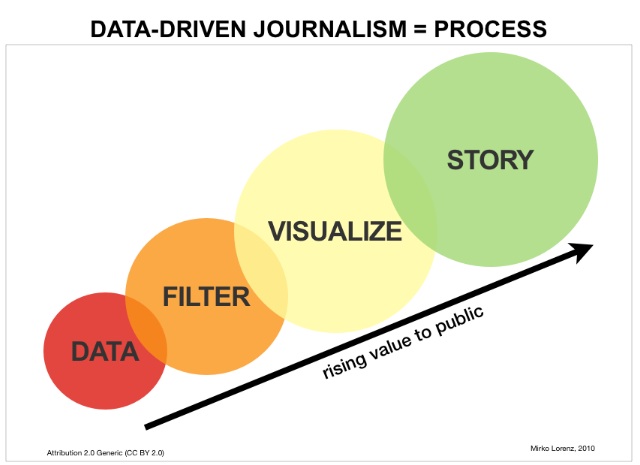Since its inception journalism has been grappling with a unique epistemological oddity. At one end, journalism displays a somewhat modest objective — reporting the news of the day quickly. On the other hand, it makes an incredible epistemological claim — that it has the tools and techniques to find out the exact social reality at any given point. This co-existence of the modest and the extreme makes journalistic work such an interesting subject of enquiry.

To establish this claim — of possessing the right tools to parse social reality — journalism resorts to a particular form of storytelling. This involves attributing sources or providing videos of a newsworthy event. This is different from fields such as science — where only experts can speak with legitimate authority on a subject, after acquiring acceptable domain knowledge in the field. In journalism, however, anyone can be a To establish its credibility as purveyors of truth, the field of journalism has adopted well-entrenched objective routines. Journalists have to demonstrate an expertise in interacting with diverse sources, documents and other evidences to produce news content.
Precision Journalism
An important development in the sixties was Precision journalism. It treated journalism as if it were a science, adopting the scientific method, scientific objectivity and scientific ideals to the process of news collection and dissemination. Meyers deconstructed journalist work into the following discrete steps: How to find information; How to evaluate and analyse it; How to communicate it in way that will pierce the babble of information overload and reach the people who need and want it; How to determine and then obtain the amount of precision needed for a particular story.
The methods of precision journalism, which involved the application of social and behavioural science research methods became quite popular and found a ready market.
In short precision journalism used quantitative data along with statistical methods to provide evidence-based news stories and analyses. These methods led to many newsrooms across the world adopting Computer Assisted Reporting. This was a precursor to the present-day methods. Many observers believe that journalism—by embracing data, by seeking to determine causality and by showing more openness to quantitative approaches became more like social sciences.
Hence as discussed above, although the concept of data journalism is fairly new, the processes of understanding and interpreting quantitative evidence in journalism has been there for quite some time. Data Journalism is different from CAR in many ways.
Computer Assisted Reporting
While Computer Assisted Reporting is a technique for gathering and analysing data as a way of enhancing general reportage and investigative reporting, data journalism pays greater attention to the data itself, rather than using data as a means to find or enhance stories.
In the present-day digital ecosystem, data is much more than a collection of numbers on a spreadsheet. Almost anything can be described with numbers. This opens up a huge range of possibilities. Combined with the traditional ‘nose for news’, the skill to tell a compelling story, and the humongous range of digital information available, it is possible to create effective compelling news stories on every conceivable issue.
There are many different ways in which data can be used by journalist. Data itself can be the source of news stories, or it can be an evidentiary tool with which the story is told. It can be used both as a source and a tool. However, like any other journalistic source, the data itself should be treated with scepticism. Important questions about data include — How was the data sourced? How was it analysed? What is it that the data doesn’t tell us?
Like any other journalistic tool, one should be conscious of how it shapes and restricts the stories that are created with it.
Using data, the job of journalists shifts its main focus from being the fastest to report the stories to being the ones telling us what a certain development might actually mean. To decipher the signal from the noise and to provide a proper significance and the context of the development is an important task for the data journalist.
One of the major advantages of data journalism is that it provides greater insight to news stories compared to the traditional approaches, particularly as data sets increase in scale to become larger and more complex.
